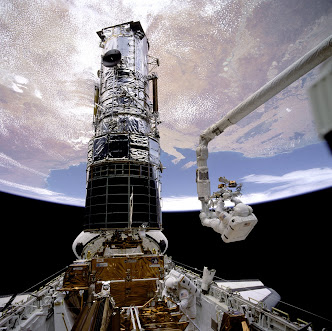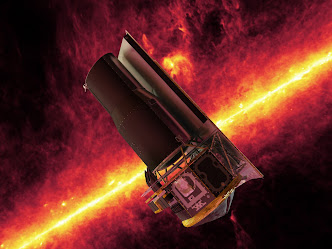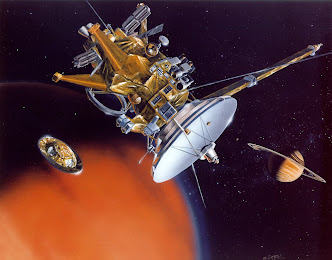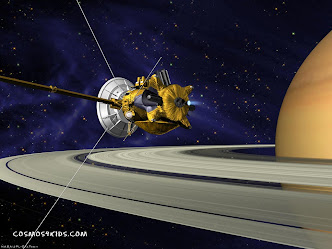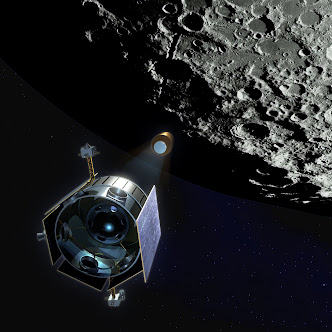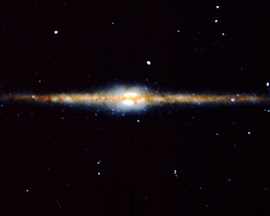A galaxy is a system of stars, dust, and gas held together by gravity.
Scientists estimate that there are more than 100 billion galaxies scattered throughout the visible universe. Astronomers have photographed millions of them through telescopes. The most distant galaxies ever photographed are as far as 10 billion to 13 billion light-years away. A light-year is the distance that light travels in a vacuum in a year -- about 5.88 trillion miles (9.46 trillion kilometers).
Galaxies are normally found in groups called clusters. A cluster may contain from a few dozen to several thousand galaxies. Clusters of galaxies, in turn, are grouped in larger structures called superclusters.
The Milky Way Galaxy
The Milky Way is a galaxy -- a huge group of stars and other objects in space. The Milky Way includes the Sun, the Earth, and the rest of our Solar System. It also includes hundreds of billions of stars. Huge clouds of dust and gases lie throughout the galaxy.
The Milky Way galaxy is shaped like a disk with a bulge in the center.

The Milky Way - An impression

The Spiral Galaxy
A spiral galaxy is shaped like a disk with a bulge in the center. The disk resembles a pinwheel, with bright spiral arms that coil out from the central bulge. The Milky Way is a spiral galaxy.
Like pinwheels, all spiral galaxies rotate -- but slowly. The Milky Way, for example, makes a complete revolution once every 250 million years or so.
Elliptical galaxies range in shape from almost perfect spheres to flattened globes. The light from an elliptical galaxy is brightest in the center.
Galaxies of a third kind, irregular galaxies, lack a simple shape. Some consist mostly of blue stars and puffy clouds of gas, but little dust. The Magellanic Clouds are irregular galaxies of this type
Origin of Galaxies: Shortly after the big bang, masses of gas began to gather together or collapse. Gravity then slowly compressed these masses into galaxies.

Whirlpool galaxy

Eagle Galaxy

A Zoo of Galaxies

Sombrero Galaxy









